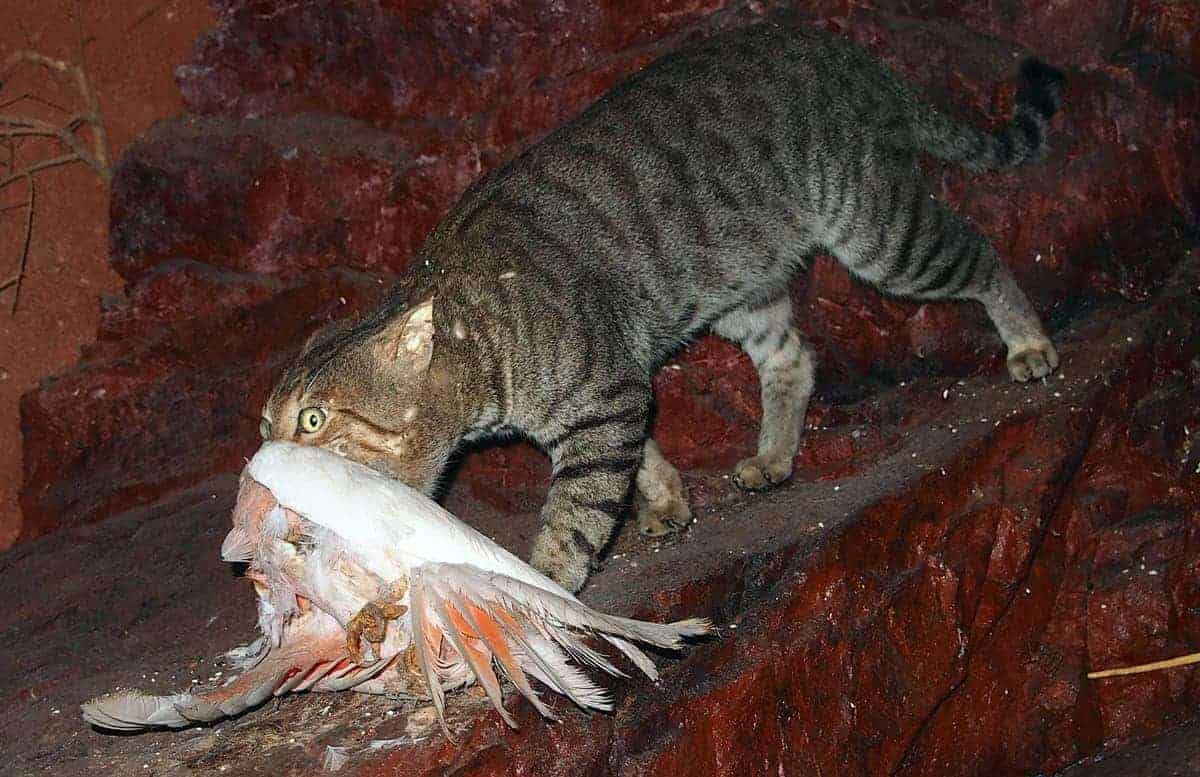Why is weed reform is essential to halt Australia’s growing weed problem?
Australia’s toughened international quarantine laws, introduced in 1997, make it much harder for new weedy species to be brought into our country.
Now it’s more likely that our next big weed problems are already here, imported for gardens or agriculture before these laws required risk assessment of plant importations into Australia.
There are close to 30,000 exotic plant species in Australia, most cultivated in gardens or paddocks, more than the number of native plant species (about 20,000). About 3000 exotic species have already established in the wild and this number grows by about 20 a year. This is our source of new weeds.
In 2009 an independent review of federal laws found that the movement of potentially invasive plants within Australia is “effectively unconstrained”, and that they represent “a vast reservoir of potential future problems”. Almost a quarter of exotic plants here are weeds in other parts of the world.
Importing weedy species
Right now there is nothing to stop a nursery, say in NSW, importing hundreds of known weedy species from other states and selling them to an unsuspecting public, risking the chance of new species escaping into nearby bushland or farmland, to threaten native species and agricultural production.
Weeds are already recognised as among the top threats to Australia’s native plants and animals, and cost agriculture well over $4 billion annually in lost production and control.
Clearly, we cannot afford the spread of even more weed species already within Australian borders. We need to take action and stop new weeds in their tracks.
To do this, the Invasive Species Council is asking each state and territory to prevent new weed problems by requiring all new introductions into their states to pass a risk assessment. Only plants on a ‘safe list’ would be allowed to be sold or moved between states and territories. Some species already well entrenched would also be on this permitted list.
The Western Australian Government has been running a similar model for six years now. To begin, a list of plant species were assessed as safe, or of low risk to that state’s agricultural sectors and natural environment. When new plants need to be brought into the state they are assessed. In most cases, these are determined as of low risk of becoming weedy and added to the ‘safe list’. Many hundred of potentially weedy species have been kept out of the state.
The onus for compliance lies mostly with large plant wholesalers, who, once they understand the process, are happy to meet the requirements.









